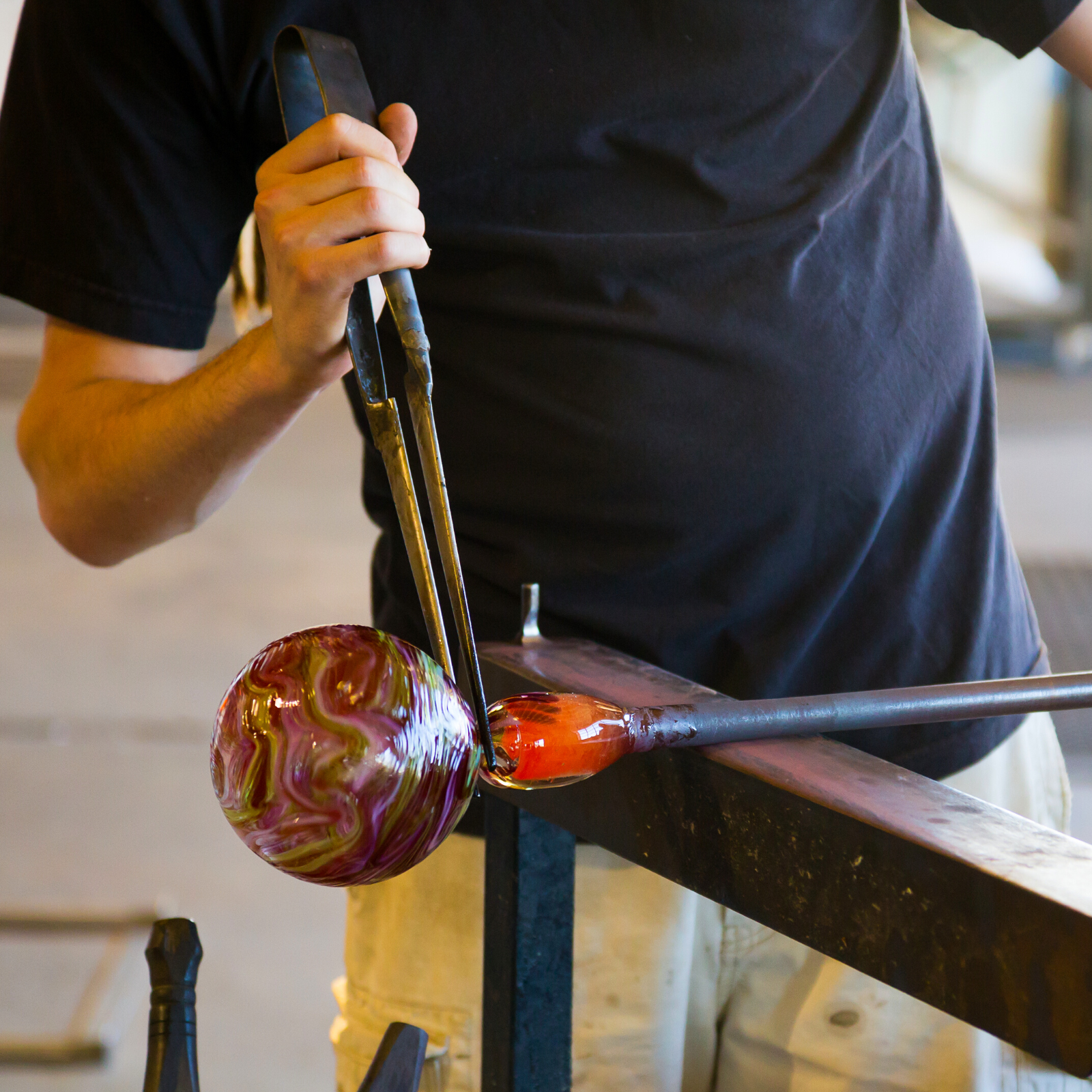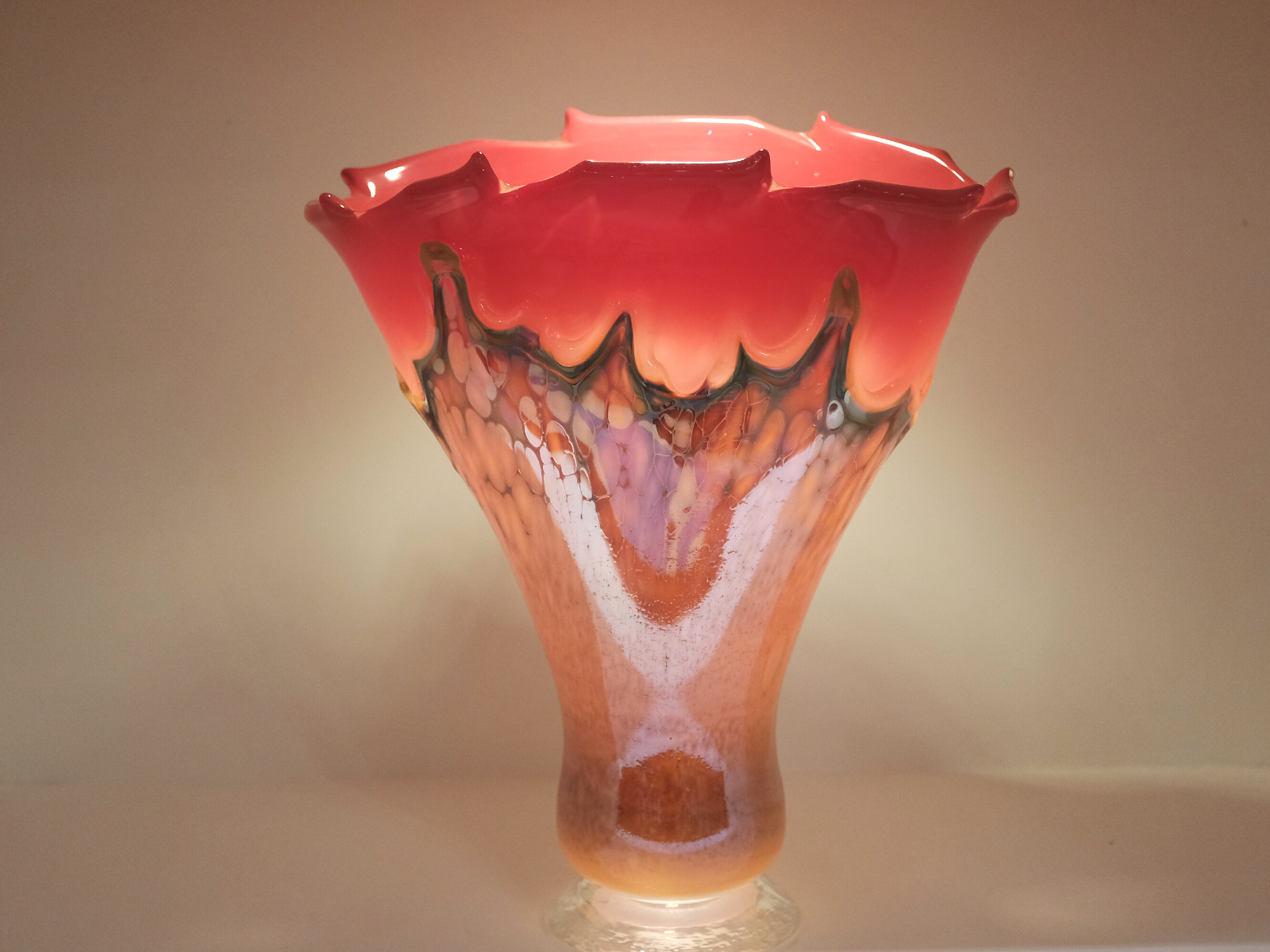If you are an artist looking for a new medium, glassblowing is a great option.
It can be both challenging and rewarding as it allows you to create unique glass art pieces that will stand out from the rest.
From turning molten glass into brittle yet beautiful sculptures to crafting ornate glassware and drinking vessels, with enough practice, anyone can create exquisite works of art through glassblowing techniques.
In this article we'll cover everything from the history and tools used in glassblowing, to helpful tips & tricks for creating your own unique pieces!
While it requires a bit of skill and patience, with the right tools and techniques, anyone can make beautiful glassblowing art projects in the comfort of their own home.
Read on as we delve into the fascinating world of glassblowing 101!



What is Glassblowing?
Glassblowing is an art form that has been around for centuries, but it’s one of the most difficult and creative crafts to master.
It involves heating up molten glass to temperatures of up to 2000° Fahrenheit, then manipulating it with tools before cooling the piece.
To blow glass with the free-blowing technique, you need to roll the molten glass with one hand on one end of the blow pipe.
The end product is a unique and beautiful piece of art that can be used for decorative purposes or functional items.
Professional artists have been blowing glass for centuries, but it has become increasingly popular in recent years amongst amateur artists.
Creating glassblowing art projects is relatively easy with the right tools and supplies, and there are tutorials available online to help you get started.

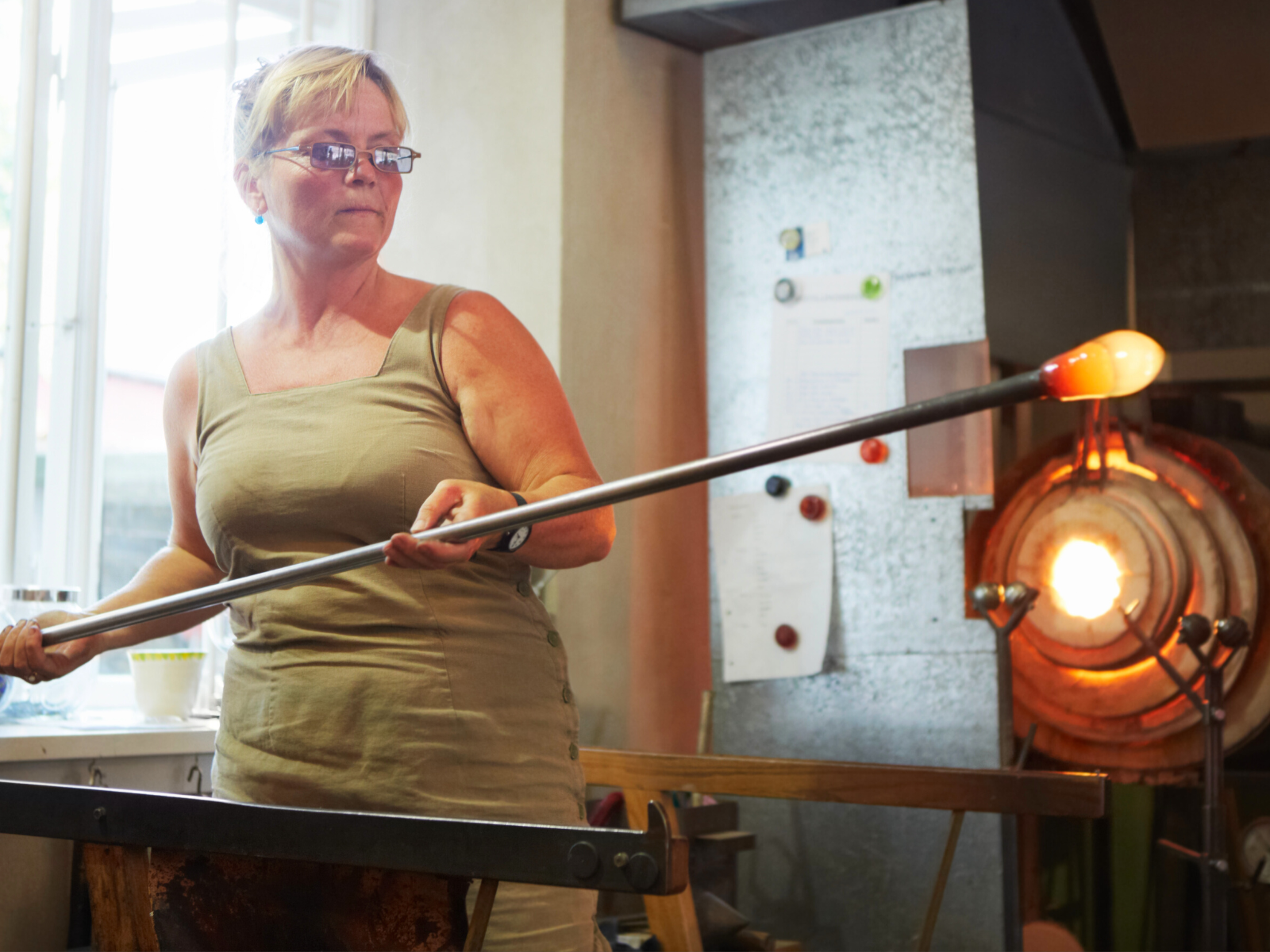

Types of Glass and Projects
There are plenty of different types of glass that can be used in glassblowing projects.
The most common type is borosilicate, which is a type of glass that has been around since the 1950s and is known for its heat resistance.
Other types include soda-lime glass, blown glass, colored glass, stained glass, and more.
Glass projects can range from a simple shape, like drinking vessels or glass beads, to ornate sculptures and even stained glass windows.
Popular projects for beginners include paperweights, vases, bowls, and other shapes.
It is important to know what type of glass you are working with and what kind of project you want to make so that you can buy the right supplies for your glass piece.


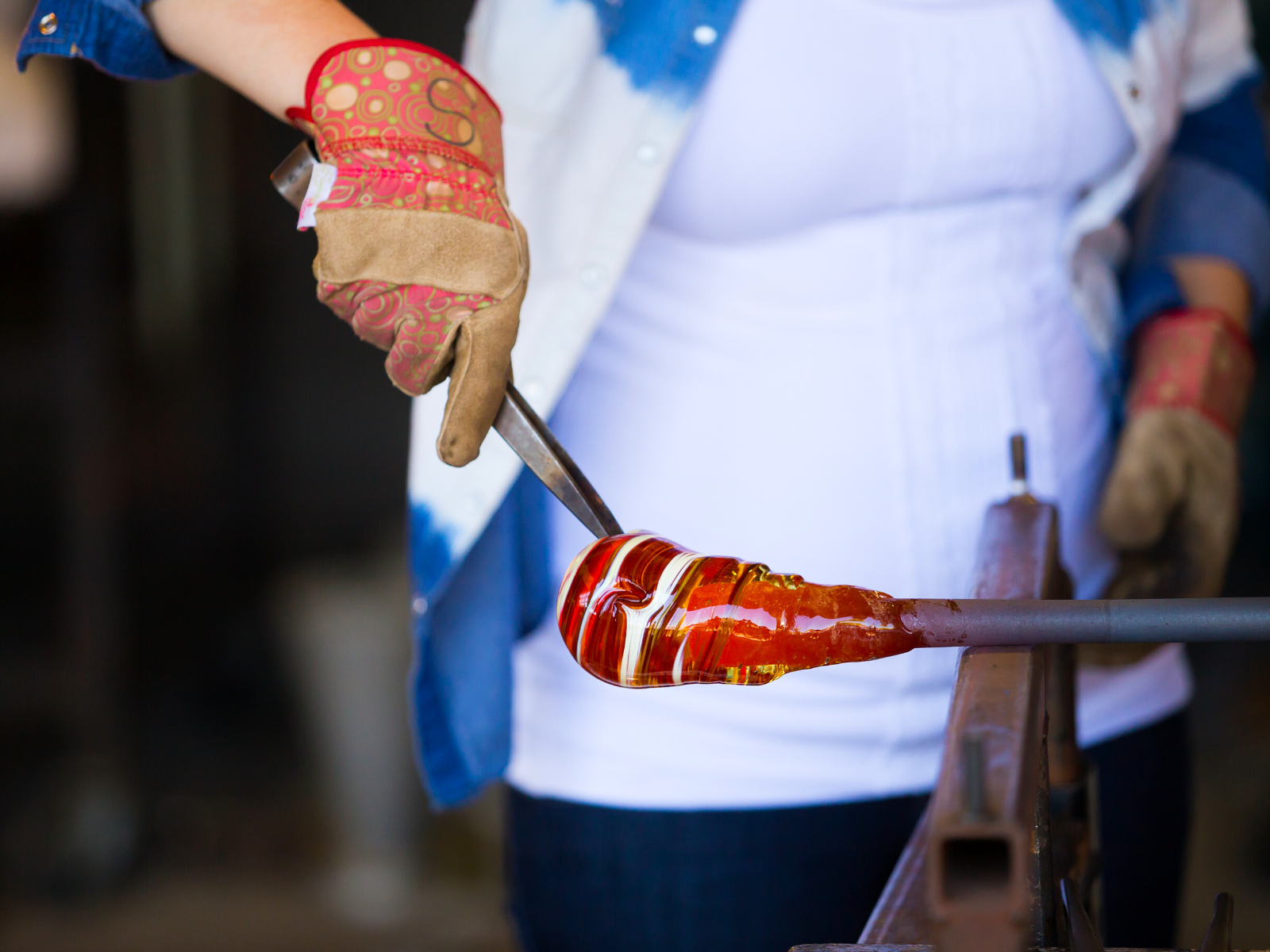
Getting Started with Glass Blowing
Before beginning your glassblowing project, you need to make sure that you have all the necessary tools and materials.
The most important piece of equipment is a torch—an oxygen-propane torch will work best for this type of project.
You will also need to purchase borosilicate glass tubing, which can be found at most craft stores or online.
Additionally, you will need safety glasses, heat resistant gloves and tongs, as well as a variety of cutting tools such as scissors, wire cutters and pliers.
You might want a wooden tool or s metal mold.
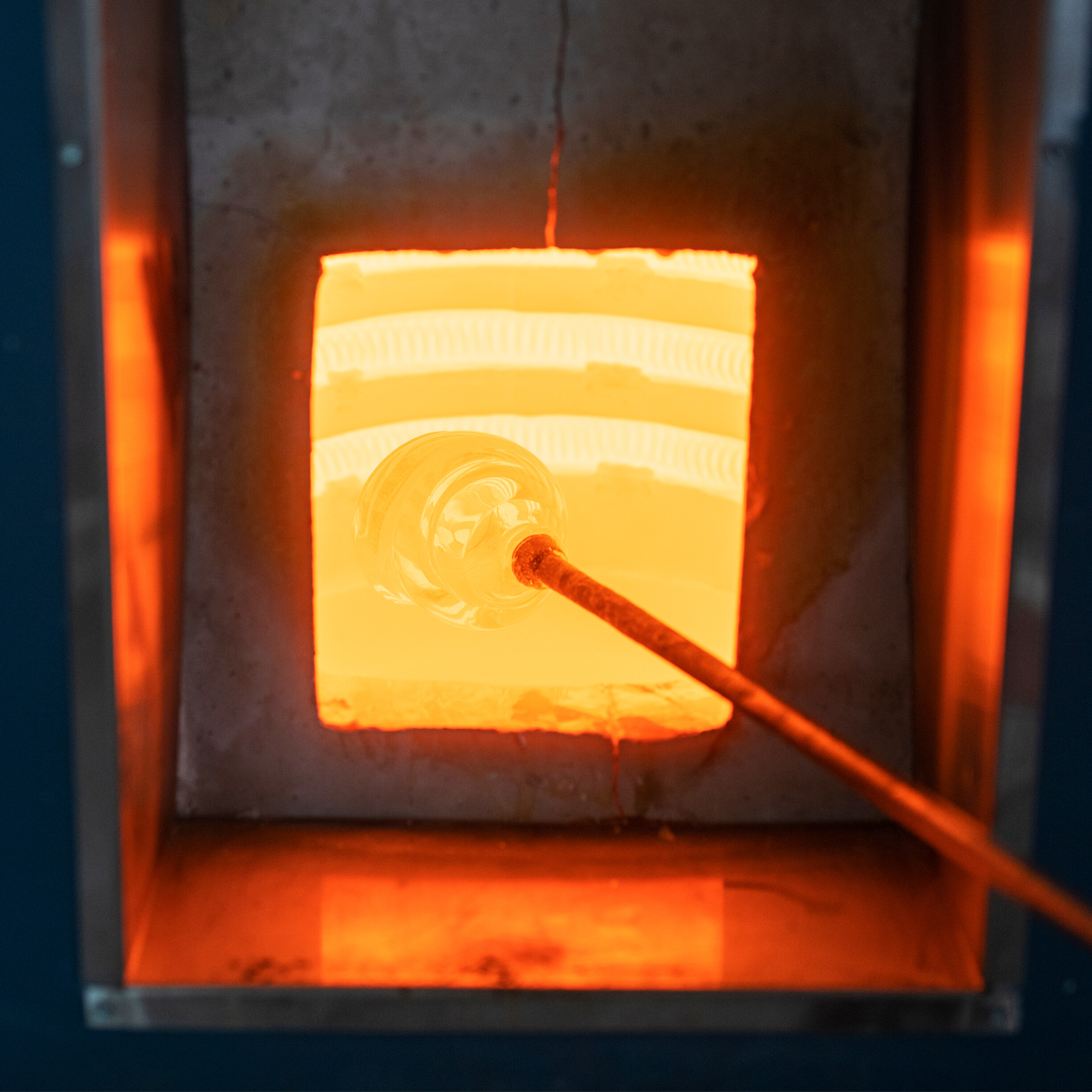


Creating Your Project
Once you have all your tools ready to go, it’s time to start creating your project!
Begin by heating up your torch and slowly melt the end of the tube until it starts to become heated and malleable.
Once it’s soft enough, use the tongs to shape it into whatever form you desire—it could be anything from a bowl or plate to a vase or sculpture.
You can use a combination of different cutting tools to create shapes or designs within the glass as well.
Be sure to use your safety glasses and gloves at all times, as the glass can become very hot during this process.



Finishing Touches
When your piece is finished taking shape, let it cool for about 15 minutes before handling it with bare hands—safety first!
Once cooled off enough to touch safely, sand down any rough edges with fine-grit sandpaper.
Finally, use cold water on any parts that are still too hot for handling—this will cool them off quickly without causing thermal shock (which could cause cracking).
You can also add an annealer to the glass's surface to help keep it strong.
With these final touches your piece is ready for display!
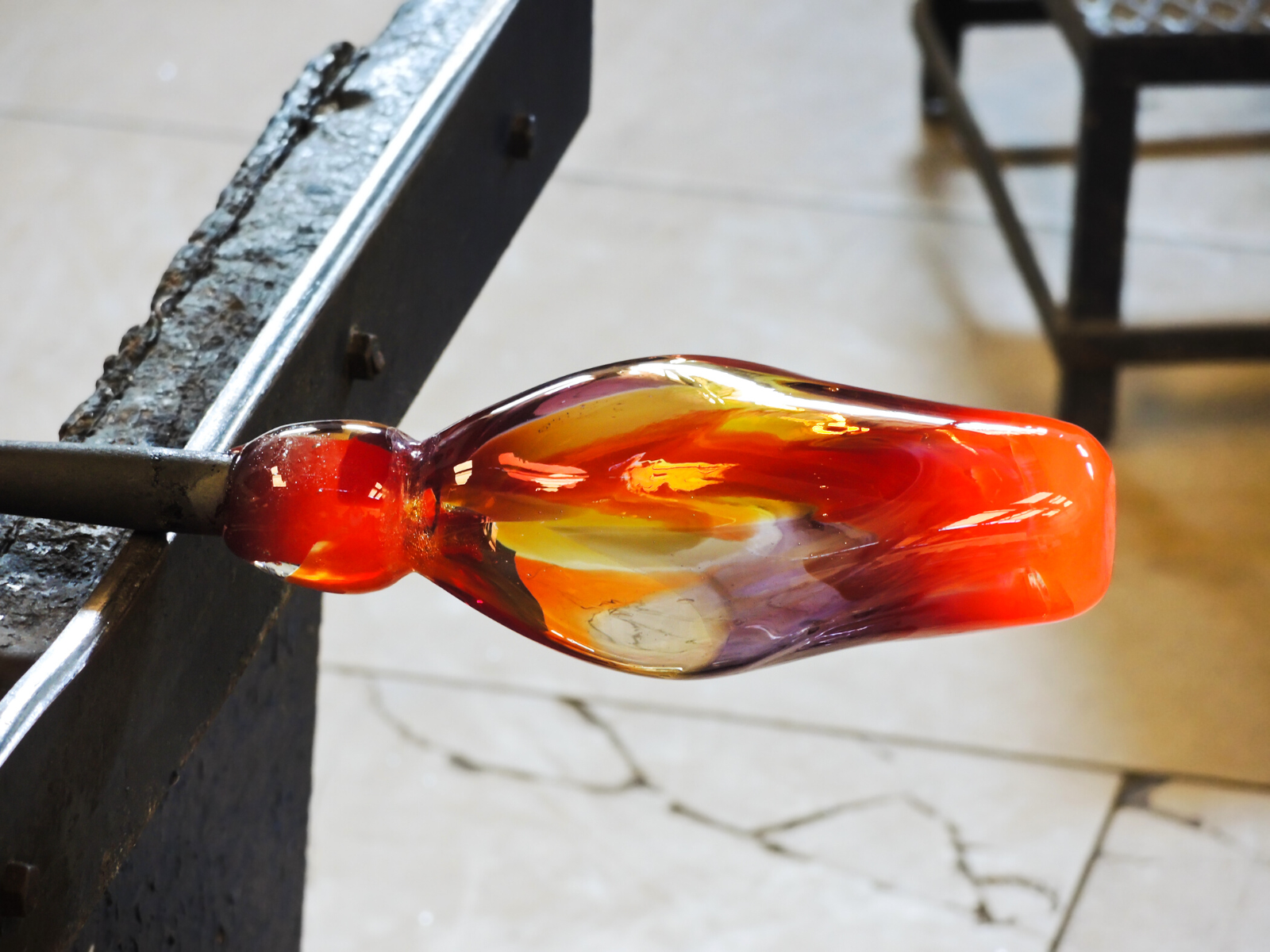
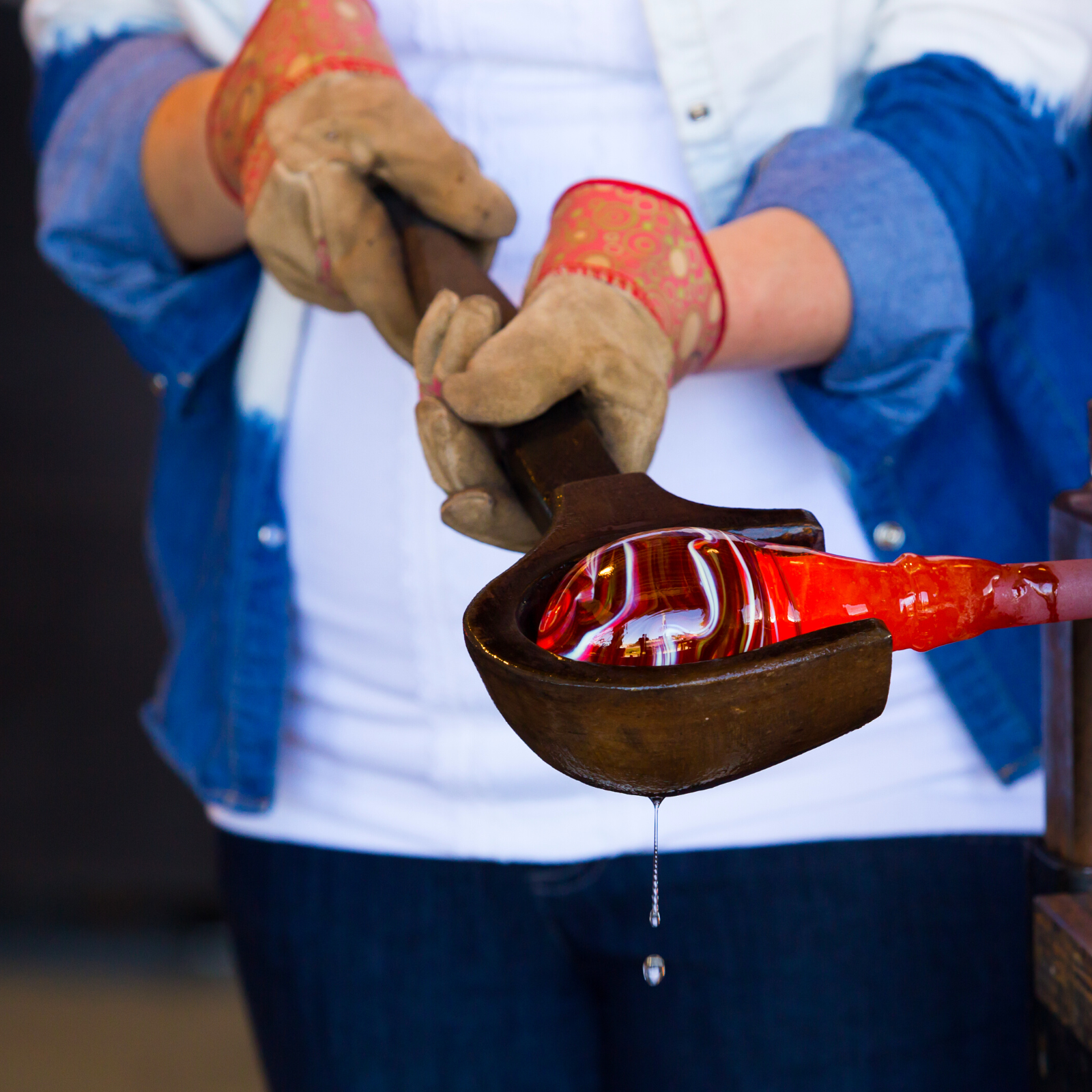

Displaying Your Glass Art
Once your glassblowing project is complete, you can proudly show it off!
Display it near a window to catch the light and show off its intricate details, or add it to a shelf of your own creations.
You can also give your pieces away as gifts or even sell them online.
Whichever you choose, we guarantee that your glassblowing art projects wioll be admired by everyone who sees them.
So, go ahead and give glassblowing a try—you might just find your new favorite hobby!
No matter what route you take with your glassblowing projects, we’re sure you’ll have a blast!


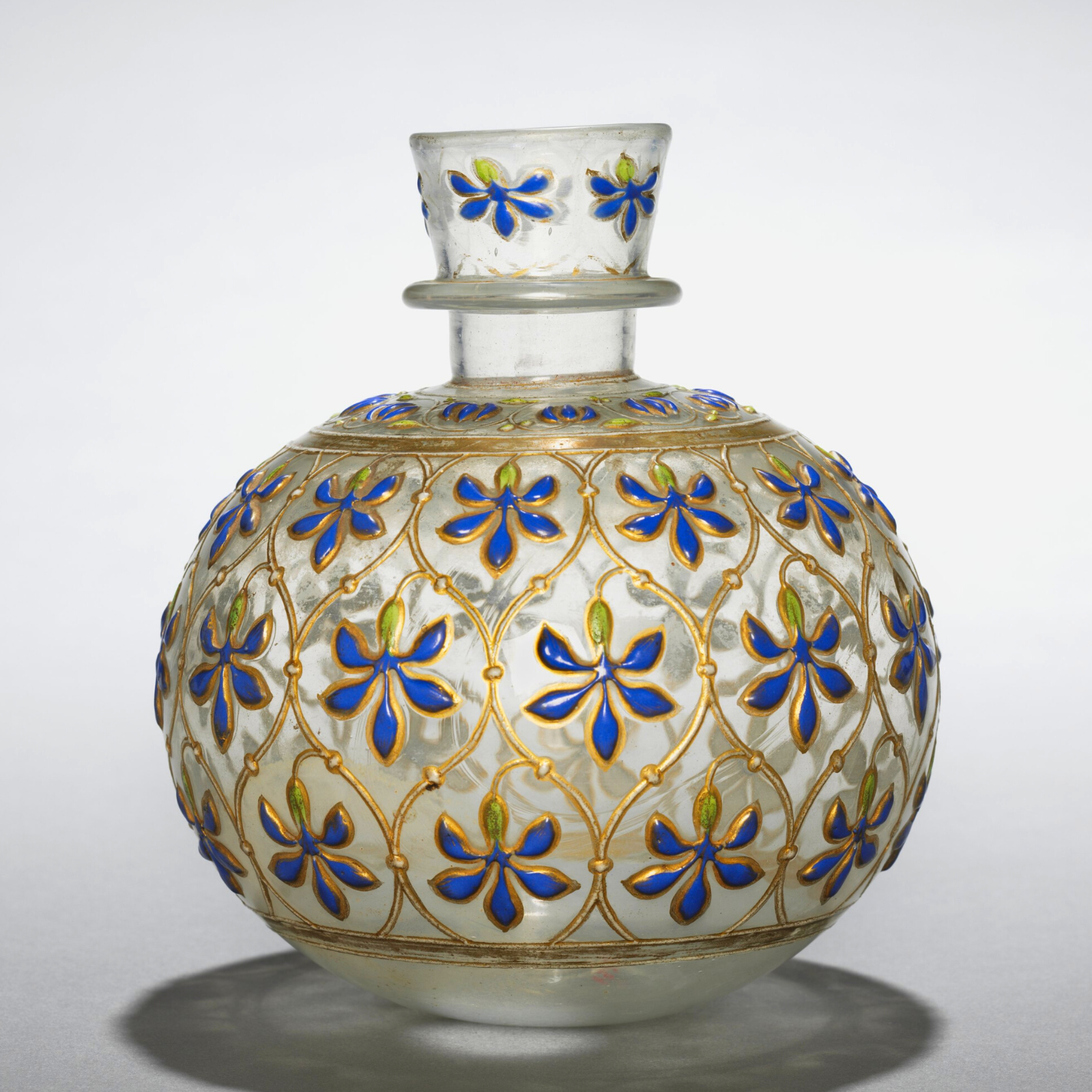
Tips for Glassblowing
When it comes to successful glassblowing projects, there are a few tips and tricks you should keep in mind:
Always use safety precautions when working with hot glass.
Start out by trying simple projects before moving on to more complicated designs.
Practice patience: glassblowing is a slow and deliberate process.
Invest in quality tools: poorly made glassblowing tools can lead to disastrous results.
Have fun and don’t be afraid to experiment with your projects.
Glassblowing is an incredibly rewarding craft, so take the time to explore your creative side and you’ll be sure to make some beautiful pieces.



Starting Your Next Glass Project
Glassblowing is an incredibly satisfying yet challenging endeavor that yields beautiful results if done properly.
With some practice and patience anyone can create stunning art pieces using borosilicate glass tubing.
By gathering all the necessary materials and following these steps carefully, you'll soon have your very own homemade glassblowing art projects proudly displayed in your home!
Now that you know what it takes to get started, there’s nothing stopping you from making your own creations.
So, get out there and get started on your next glassblowing project!
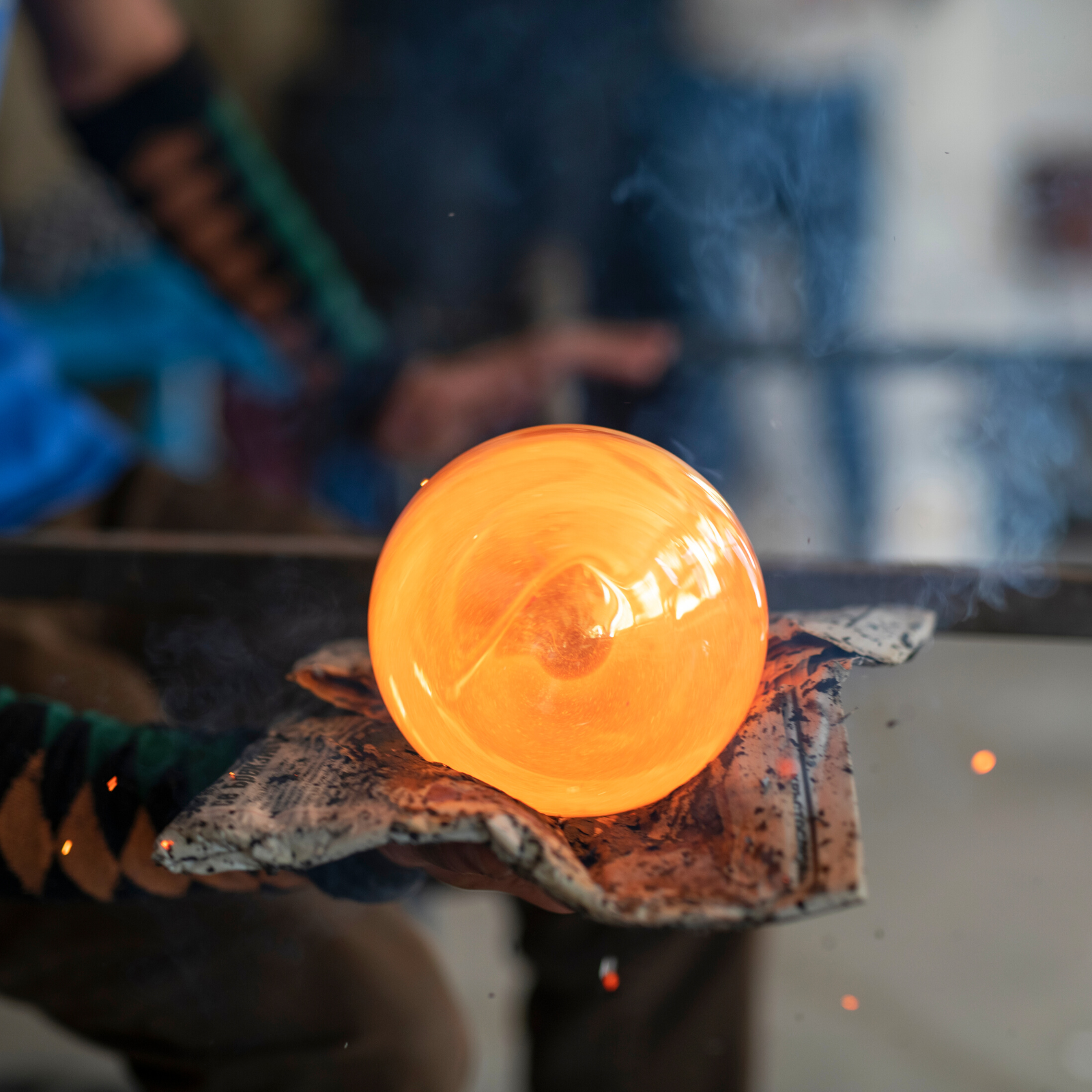


Eager to learn more about glassblowing techniques? Check out Graeme Stevenson (Colour in Your Life)'s video!
Want even more content about creativity and art?
Be sure to check out all of our creative chronicles!
Want more ideas for your next project?
Check out some of our other articles:

